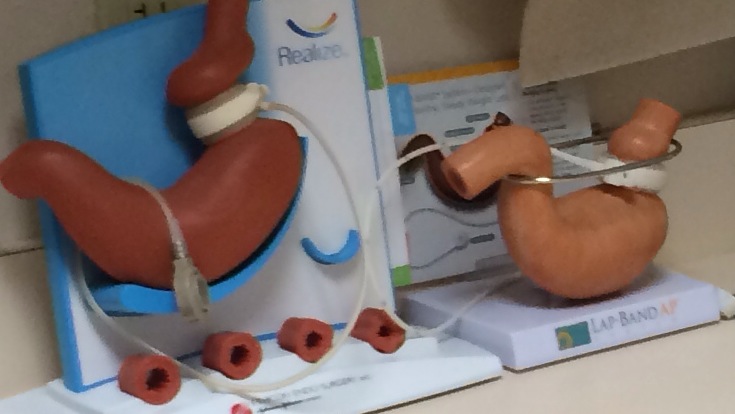
Adjustable Gastric Banding Surgery
Laparoscopic adjustable gastric banding is a type of surgery that contributes to reduction of the stomach. The goal of the surgery is to reduce the size of the stomach, hence allow people to lose excess of weight. After the surgery the stomach is simply not capable of holding too much food, intake of food is reduced and the overall effect is weight reduction.
Adjustable gastric banding is performed with several small cuts in the belly. They are necessary for insertion of specific surgical instruments that are used during the procedure. One of the holes is used for insertion of the camera, an essential tool for proper visualization of the operated area. Once the surgeon has properly visualized the operated area he/ she wraps a device around the upper part of the stomach. This forms a ring and a thin tube attached to the ring leads to an access port left under the skin. The access port is a place at which the doctor adds or takes away saline via a needle and this way tightens the band making the stomach smaller. In case the ring is too tight the doctor can take away certain amount of saline and release the ring.
After the Surgery
Patients are given special instructions on what to eat after the surgery and how to behave. Liquid and soft diet must be applied for two weeks after the surgery. Proper daily intake of water is essential and it prevents dehydration. Slowly patients will be able to add solid foods back into their diets. One is due to properly chew food and stop eating once he/ she feels satiated. Overeating leads to nausea and vomiting. Weight loss after the surgery is gradual and steady. The band is adjusted in case a person does not lose weight adequately or has some other problems with the band. Some patients may continue losing weight 4 or 5 years after the surgery.
What are Risks of Adjustable Gastric Banding Surgery?
This is the least invasive of all weight loss surgeries. However, it also carries certain risks.
The first possible complication is obstruction. The food may fail to reach the part of the stomach below the ring which leads to nausea and vomiting. Furthermore, some patients develop band slippage. In this case the ring slips from its original place and this may be associated with abdominal pain or even heartburn. This complications requires additional surgery.
Access port problems include infection around the access port, lost of connection or leakage. The tube that connects the band with the access port may also become blocked. People who have undergone adjustable gastric banding surgery are susceptible to GERD or esophagitis, they may also develop esophageal dilatation and in some cases there is a chance of malnutrition. Malnutrition develops as a consequence of insufficient intake of nutrients. Patients are due to take vitamin and mineral supplements for the rest of their lives and this way prevent vitamin or mineral deficiency.



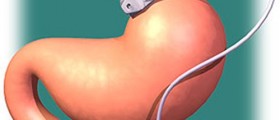


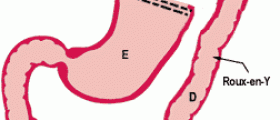
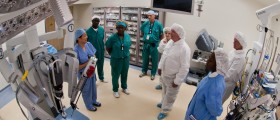



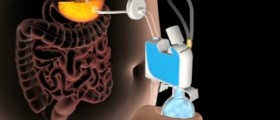
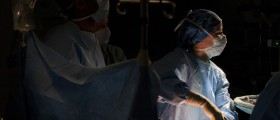



Your thoughts on this
Loading...